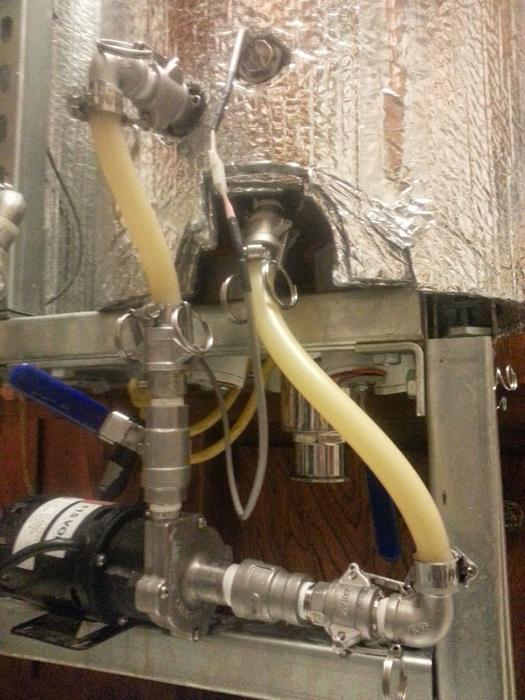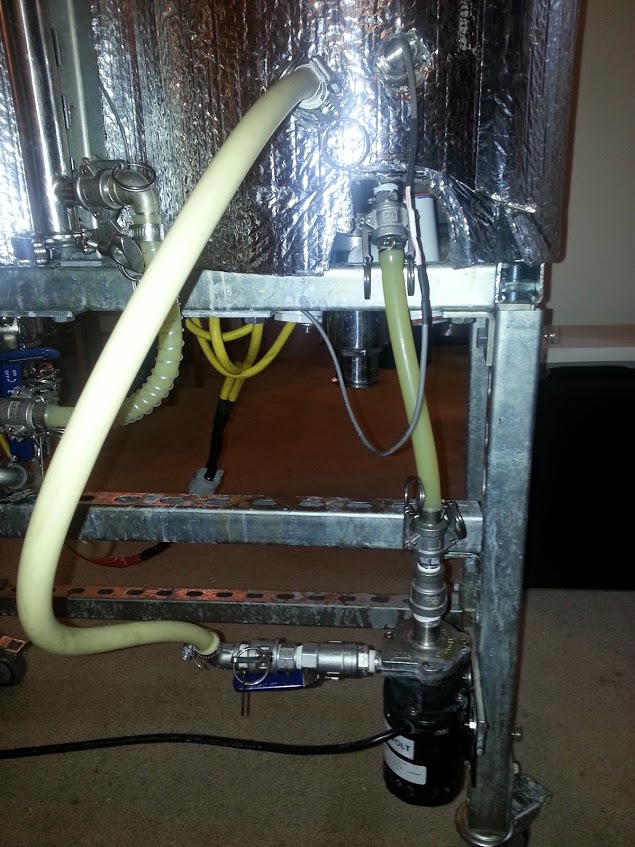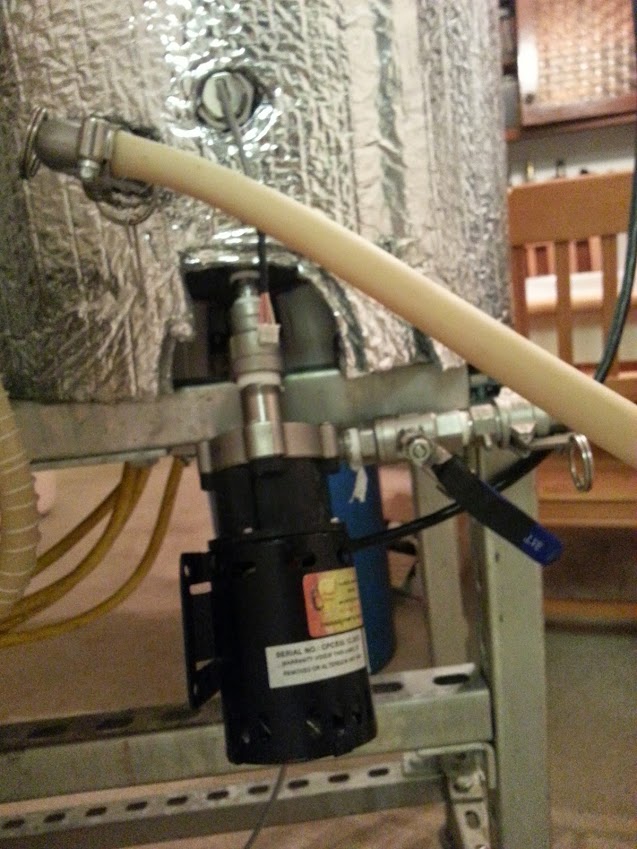If you do upgrade to 3/4 all the way, I think you will be surprised how much difference it makes. In irrigation and hydraulics we have grossly oversize plumbing right to the pump for that reason. The real question is "is it worth it"? You said you believed increasing to 3/4 would only get you marginal gains....... 3/4 pipe has vastly less resistance than half inch pipe. There are a number of charts online that show this clearly. It is worth noting that if you weld a 1" pipe and a 1/2" pipe to a container with a particular head of water, the 1" dia pipe will flow 16 times as much water. That should give you an idea how much difference it makes. Eliminating the hose made a significant difference..... it was what you could do without making major changes. Do NOT make the mistake of thinking increasing the diameter to 3/4 will have a minimal effect. It will have a dramatic effect.
Howard
In this case I would not expect much of a difference if the diameter is increased due to the short length of the inlet piping. For an approx. flow rate 4GPM (0.25l/s) and 5" of pipe you are talking the difference between 0.039 PSI and 0.014 PSI (or nothing and really nothing). The biggest issue I see is the temperature. At 185°F the vapour pressure is approx. 8.4 PSI
To calculate the NPSHa you use the formula
NPSHA = HA ± HZ - HF + HV - HVP
For this case (approx.):
HA = 14.7 PSI (atmospheric pressure)
HZ = 1.1 PSI (head pressure)
HF = 0.039 PSI (friction loss)
HV = 0.11 PSI (Velocity head)
HVP = 8.4 PSI (Vapour pressure)
So NPSHa = 7.47 PSI (@4GPM)
If the pipe is increased to 3/4"
HA = 14.7 PSI (atmospheric pressure)
HZ = 1.1 PSI (head pressure)
HF = 0.014 PSI (friction loss)
HV = 0.05 PSI (Velocity head)
HVP = 8.4 PSI (Vapour pressure)
So NPSHa = 7.43 PSI (@4GPM)
So no theoretical benefit to going to a 3/4" inlet (I know minor losses haven't been accounted for but you get my point... don't you?)
If you dropped the pump another 1.5' still with 1/2" inlet the NPSHa would be:
HA = 14.7 PSI (atmospheric pressure)
HZ = 1.78 PSI (head pressure)
HF = 0.18 PSI (friction loss)
HV = 0.11 PSI (Velocity head)
HVP = 8.4 PSI (Vapour pressure)
So NPSHa = 8.01PSI (@4GPM) A marginal increase
Basically for pumping out of atmospheric tanks with reasonably short/simple pump inlet pipework the main factors that affect cavitation are fluid head and vapour pressure
Sources:
https://www.byko.is/media/mapress/DesignTable_for_PipeSys_-_Pressure_drop.pdf - section 2.2
http://antoine.frostburg.edu/chem/senese/javascript/water-properties.html








